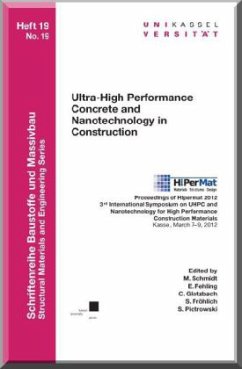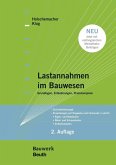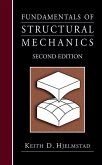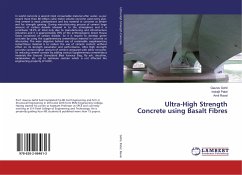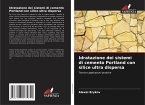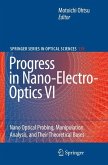Ultra-High Performance Concrete (UHPC), with its high compressive strength of more than 200 MPa and an improved durability, marks a quantum leap in concrete technology. This high performance material offers a variety of interesting applications. It allows the construction of sustainable and economic buildings with an extraordinarily slim design. Its high strength and ductility makes it the ultimate building material for e.g. bridge decks, storage halls, thin-wall shell structures, and highly loaded columns. Due to its outstanding resistance against several kinds of corrosion, it is deemed suitable for new fields of application where concrete has not been considered viable before. To make use of its superior properties, special knowledge of production, construction, and design is required.
To facilitate the fruitful exchange of knowledge and experience both between international researchers and engineers in the field was the objective of the 3rd International Symposium on UHPC that took place in Kassel on March 7-9, 2012, the proceedings of which are contained in this publication.
As an impressive amount of new knowledge could be obtained by leveraging the growing experience in the fields of nanotechnology and chemistry, the symposium was rebranded to honor this influence. It now bears the name HiPerMat, derived from Nanotechnology for High Performance Materials in Construction.
This volume thus contains about 120 contributions from many research disciplines that are influenced by High Performance Materials and UHPC in particular: material sciences, structural engineering, environmental engineering, nanotechnology, chemistry, architecture, codification, and economy.
To facilitate the fruitful exchange of knowledge and experience both between international researchers and engineers in the field was the objective of the 3rd International Symposium on UHPC that took place in Kassel on March 7-9, 2012, the proceedings of which are contained in this publication.
As an impressive amount of new knowledge could be obtained by leveraging the growing experience in the fields of nanotechnology and chemistry, the symposium was rebranded to honor this influence. It now bears the name HiPerMat, derived from Nanotechnology for High Performance Materials in Construction.
This volume thus contains about 120 contributions from many research disciplines that are influenced by High Performance Materials and UHPC in particular: material sciences, structural engineering, environmental engineering, nanotechnology, chemistry, architecture, codification, and economy.

